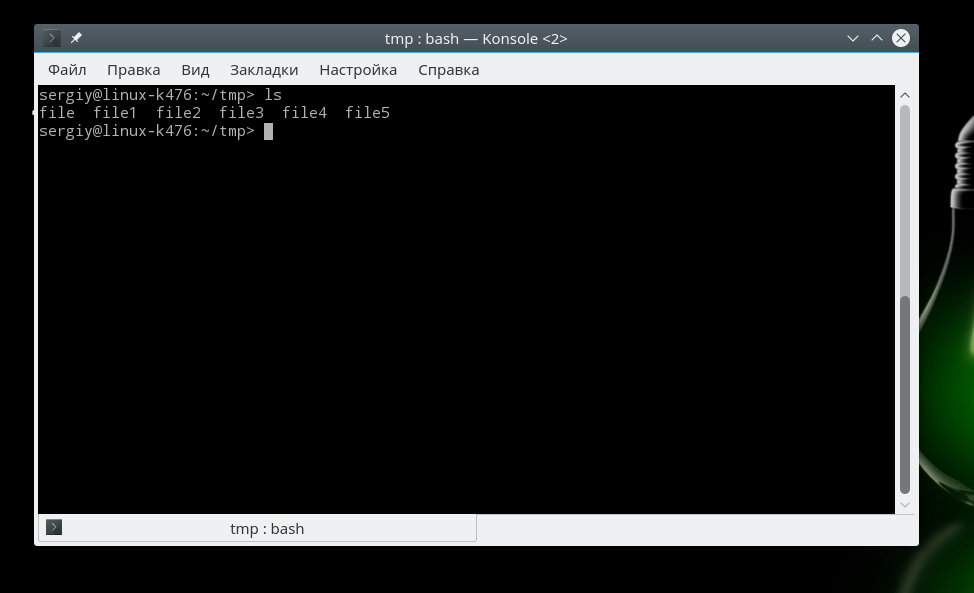-
United Kingdom+44 (20) 4577-20-00
-
USA+1 (929) 431-18-18
-
Israel+972 (55) 507-70-81
-
Brazil+55 (61) 3772-18-88
-
Canada+1 (416) 850-13-33
-
Czech Republic+420 (736) 353-668
-
Estonia+372 (53) 683-380
-
Greece+30 (800) 000-02-04
-
Ireland+353 (1) 699-43-88
-
Iceland+354 (53) 952-99
-
Lithuania+370 (700) 660-08
-
Netherlands+31 (970) 1027-77-87
-
Portugal+351 (800) 180-09-04
-
Romania+40 (376) 300-641
-
Sweden+46 (79) 008-11-99
-
Slovakia+421 (2) 333-004-23
-
Switzerland+41 (22) 508-77-76
-
Moldova+373 (699) 33-1-22
 English
English
How to find out the number of lines in a Linux file
- Main
- Knowledge base
- How to find out the number of lines in a Linux file
Lines in a Linux file are sequences of characters that end with a newline character ('n'). Each line usually contains textual information or code. The number of lines in a file can be a useful metric for analyzing files with textual content, such as logs, configuration files, and program source code. The wc command in Linux can be used to count the number of lines in a file, as well as word and character counts.
What lines are used for
Lines in a Linux file are used to store textual information or code. Each line is a sequence of characters that can be read and processed by programs and scripts running in Linux. Can be used to store text documents, configuration files, logs, program source code, etc. In most cases, each line represents a separate piece of information that can be processed by a program independently of other lines.

For example, in a program code text file, each line may contain an instruction or expression that must be processed by a compiler or programming language interpreter. In log files, each line may contain a record of an event or error that can be processed by a program to analyze and monitor system performance. Lines in Linux files are an important tool for processing textual information and manipulating files on the system.
How to find out the number of lines in a file
You can find out the number of lines in a Linux file by using the wc (word count) command. In the terminal, type the following command:
wc -l filenameReplace "filename" with the name of the file for which you want to find out the number of lines.
The wc command will output information about the number of lines, words, and characters in the specified file. The -l option tells wc to output only the number of lines in the file.
For example, to find out the number of lines in the file example.txt, run the following command:
wc -l example.txt





































